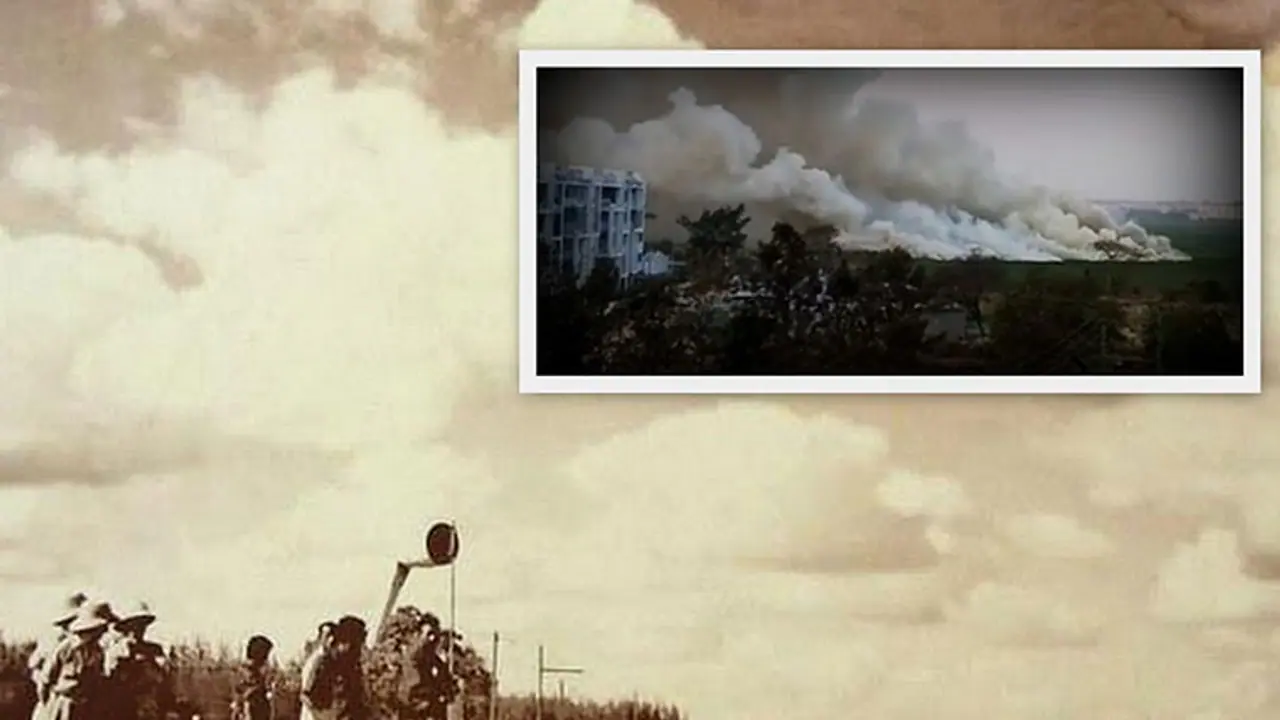On Thursday, Bellandur lake caught fire for the third time. The area was engulfed in clouds of smoke. Though the source of fire isn’t found, it is previously known to be sparked by pollutants.

In the past we’ve seen the Bellandur lake, the biggest water body in Bengaluru, frothing with fury. And, it is now engulfed in flames, yet again. The once dwelling place for a variety of waterbirds and fishes, has turned into a nightmare. Here are 10 things you must know about the historic lake.
1) Bellandur lake is located in southeast Bengaluru, which is at the elevation of 910 meters. Earlier the lake was a tributary of the ‘Dakshina Pinakini’ river or the South Pennar River, which does not exist anymore. In fact, the river runs dry till Malur district in Kolar. The dead stream collects all the wastewater flushed down Bengaluru's drains before joining another stream flowing into Tamil Nadu.
2) Dr PV Krishnamurthy, historian takes the heritage of Bellanduru Lake to pre-historic age. In his research, he has found evidences of early human settlement on the bed of Bellandur lake.
3) Dolmens, standing stones, stone circles, tools and many other artefacts belonging to Megalithic period have been discovered in Bellandur.
4) D.R. Gordon, another historian has unearthed Roman coins near Bellandur in the year 1945.
5) As per Karnataka Gazette 1990 Bellandur lake and Varthuru lake were built in 10th century by Ganga dynasty. Many inscriptions of Gangas (who ruled from 4-5 century to 10th century) and Cholas (who ruled the region in the 11th century) are found here.
6) The oldest inscription that is found at Bellandur belongs to King Shri Purusha of Ganga Dynasty. This is a hero stone (veeragallu) with inscriptions and is dated to 8th century, (~ 750 AD). Some Tamil inscriptions are also found in and around Bellanduru.
7) During the Chola period Bellandur was named as Vikrama Chola Mandala. Inscription at Kammasandra near Bidarahalli, indicate the presence of Cholas in the region.
8) In 13th century, the region of Bellanduru was ruled by Hoysala dynasty. During the rule of Purvadi Rayaru, Bellanduru was called as ‘Veeraballala Nadu’. Purvadi Rayaru renovated the lake and constructed Bannerughatta Champakadhama Swamy temple and temple on Hosur hill, which are being worshipped even today.
9) Bellandur Lake is the largest lake in the city spread across 700 acres. Once upon a time this fresh water lake was the dwelling place for a variety of waterbirds and fishes. The lake also helped feed thousands of acres of agricultural land of surrounding villages.
10) Now none of the water species are found, and agriculture disappeared long ago. In the beginning of 70s, the lake started attracting gutter water of the city and poisonous chemicals discharged by surrounding industries.
